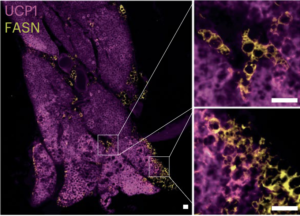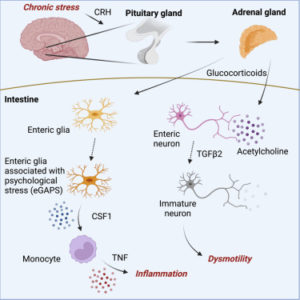Hierarchical contribution of individual lifestyle factors and their interactions on adenomatous and serrated polyp risk
Background: Individual colorectal polyp risk factors are well characterized; however, insights into their pathway-specific interactions are scarce. We aimed to identify the impact of individual risk factors and their joint effects on adenomatous (AP) and serrated polyp (SP) risk.
Methods: We collected information on 363 lifestyle and metabolic parameters from 1597 colonoscopy participants, resulting in over 521,000 data points. We used multivariate statistics and machine-learning approaches to assess associations of single variables and their interactions with AP and SP risk.
Results: Individual factors and their interactions showed common and polyp subtype-specific effects. Abdominal obesity, high body mass index (BMI), metabolic syndrome, and red meat consumption globally increased polyp risk. Age, gender, and western diet associated with AP risk, while smoking was associated with SP risk. CRC family history was associated with advanced adenomas and diabetes with sessile serrated lesions. Regarding lifestyle factor interactions, no lifestyle or dietary adjustments mitigated the adverse smoking effect on SP risk, whereas its negative effect was exacerbated by alcohol in the conventional pathway. The adverse effect of red meat on SP risk was not ameliorated by any factor, but was further exacerbated by western diet along the conventional pathway. No modification of any factor reduced the negative impact of metabolic syndrome on AP risk, whereas increased fatless fish or meat substitutes’ intake mitigated its effect on SP risk.
Conclusions: Individual risk factors and their interactions for polyp formation along the adenomatous and serrated pathways are strongly heterogeneous. Our findings may facilitate tailored lifestyle recommendations and contribute to a better understanding of how risk factor combinations impact colorectal carcinogenesis.

